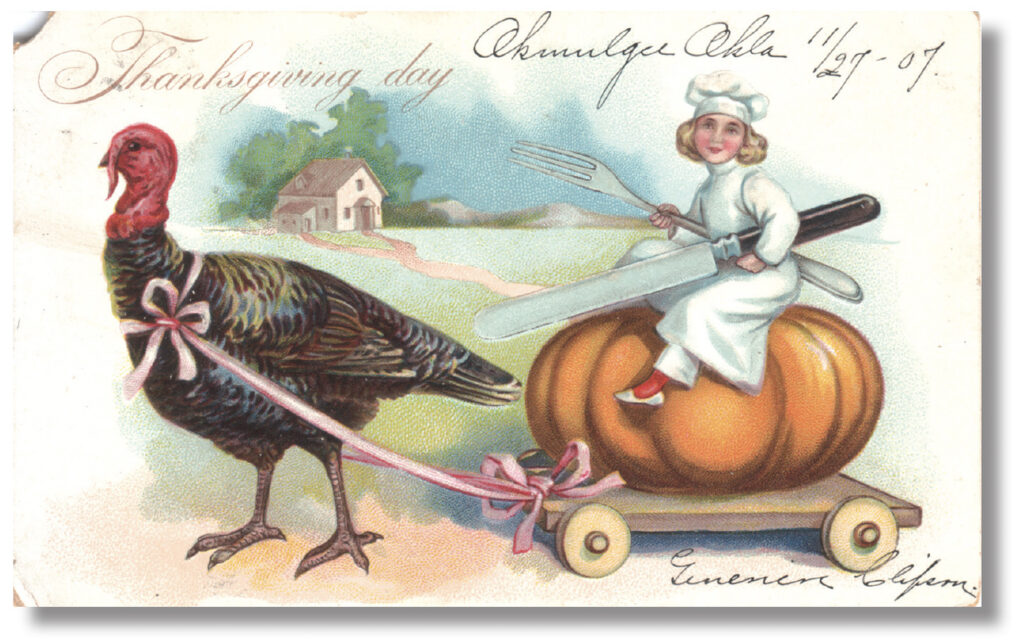
Michael Bushnell
Publisher
What Americans celebrate as Thanksgiving is traditionally tied to a three-day feast involving the Pilgrims after their first American harvest in 1621. The previous winter had claimed many lives from the Plymouth Colony, so the settlers held a fall celebration to give thanks for a “bountiful harvest” that would help them get through the coming winter season.
The colonists ate with the Wampanoag Indians, and the menu included wild fowl, venison, fish caught from the bay, squash and corn. The Pilgrims held a day of thanksgiving again in 1623. After that, the Plymouth tradition spread to other New England colonies, and the setting aside of a day to give thanks for the autumn harvest persisted throughout the rest of the 17th century.
During the Revolutionary War, the Continental Congress appointed one or more thanksgiving days each year, except in 1777. In that year, Gen. George Washington declared the holiday in December as a victory celebration for the defeat of the British at Saratoga. Later, as president of the newly-formed United States, Washington issued thanksgiving holiday proclamations in 1789 and 1795. However, it was not until another war that Thanksgiving Day officially was proclaimed a national holiday.
Influenced by a steady stream of letters from Sarah Josepha Hale, President Abraham Lincoln named the last Thursday of November as Thanksgiving Day in October 1863. It should be noted that Hale’s campaign to have Thanksgiving observed as a national holiday lasted over 40 years and consisted of tireless lobbying of elected representatives and literally thousands of letters sent to presidents dating back to Andrew Jackson.
Later, President Franklin D. Roosevelt, under mounting pressure from the business community, re-designated the holiday to be celebrated on the fourth Thursday of November. This year’s Thanksgiving card was published by Raphael Tuck & Sons and is No. 123 in the series of Thanksgiving Day Postcards produced by the Tuck Company. It was mailed to Miss Ethel Williams of Clarinda, Iowa. The message reads: “Dear Ethel, Accept this Thanksgiving dinner from me. Tell me how it tasted when you write. Went to Keifer yesterday and had a fine time. Yours, Genevieve.” It was mailed from Okmulgee, Okla. on November 27, 1907.



















